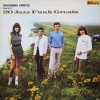 OK, quickfire ‘proper review’ bit – lovely re-issue with lovely packaging all put together in a lovely way with some additional pictures, re-mastering, general loveliness, a lovely essay from Jon Savage and a lovely live show being lovely. Worth buying? Oh yes. Very much so. Perhaps their most commercial record, which is a relative term, and has a lovely mix of the very studio-y 20 Jazz Funk Greats and a very lovely show live CD. Lovely.
OK, quickfire ‘proper review’ bit – lovely re-issue with lovely packaging all put together in a lovely way with some additional pictures, re-mastering, general loveliness, a lovely essay from Jon Savage and a lovely live show being lovely. Worth buying? Oh yes. Very much so. Perhaps their most commercial record, which is a relative term, and has a lovely mix of the very studio-y 20 Jazz Funk Greats and a very lovely show live CD. Lovely.
Now. What I wanted to talk about was pastiche. I’ve been thinking about this a bit, and it’s been a fucking nightmare writing this review because of it. I can’t fully comment on what music culture was like when this was released. I wasn’t born. And I didn’t get this album until a full 26 years after it was released. Having said that though, it’s not that difficult to find out what stuff was like then. From what I can gather, everyone was racist and gays hadn’t been invented. Rudimentary, textbook British history that.
Anyway. So the cover of 20 Jazz Funk Greats doesn’t quite look the same as the other TG albums – in comes elaborate, rounded fonts, pictures of grass and flowers and some sharply dressed, pretty young things (and we’ll ignore that GPBO looks like an actual axe murderer). The name is inviting – or at least more inviting (to most) than [post=throbbing-gristle-doa text=”D.o.A”]. It’s a question of signifiers – I’m sure most of us remember buying albums on the basis of quite liking the sleeve and reading whatever cultural signifiers they were throwing out. Slayer albums looks like metal albums; Enya albums look like soft, floaty ethereal albums (and I’ll ignore the crossover between those signifiers and something like the Cocteau Twins). A title like 20 Jazz Funk Greats says something about the music within. (Tautology alert). It says you’re going to get around 20 songs which can best be described as Jazz Funk ones – great ones, at that.
I’m not sure where jazz funk sits in cultural capital in late 2011, but I’m imagining that the sort of people who liked jazz funk at the time were also probably the sort of people who were opposed to vile industrial music (which, obviously, was less a genre and more an ideology at this point in history). But you can imagine people buying this for relatives, or getting it on spec, because of what TG were doing with the artwork – jazz funk fans being horrified by, or perhaps converted to, the sounds within.And the ruse is kept up, a bit. The opening title track has just enough sleazy electronic funkiness – like a smacked-out Prince – to imagine someone being convinced by the caprice, on a cursory listen. “Tanith” almost sounds convincingly like a late Herbie Hancock (well, if you’ve got ears made of actual shit that can’t differentiate between one thing that’s good and another completely different thing that’s also good).
The point of all this… is that 20 Jazz Funk Greats is pretty much a testament, a historical record of a point in time when you could get away with playing around with the cultural signifiers of music. When you could tell people something with sleeve art and they’d listen, and buy it. In a different way, this is probably also true of Nurse With Wound‘s first album’s S&M signifiers that lead to a fairly unusual record selling out quite quickly (NWW have rarely marked his/their apparent libertine tendencies in explicit terms, as far as I can make out).
Now, of course, we know that this sort of thing doesn’t work any more. Most people don’t buy records, and those who do are more likely to sample before they buy it. Or just download it regardless. It’s not really something to be sad about (except perhaps in terms of lost revenues for working musicians) – things move on, and perhaps some of the people buying 20 Jazz Funk Greats at the time could remember the previous recorded era of scores. Nobody’s mourning the loss of a pile of scores dusting on shelves.
(Yeah, I’m getting into wanky academic territory now, bear with it).
But these kind of things do play into the TG aesthetic. Pastiche, in terms of the signifiers of the music, don’t really work now. Or, worse, they’ve resolved themselves into shallow assumptions of an ‘other’ – I’m thinking of shit bands doing shit covers of pop songs on the basis that it’s somehow subverting Rihanna to have “Umbrella” played in a punk/metal/whatever style. For me, it doesn’t work like that – there is no ‘other’, there is no ‘alternative’ music any more per se – there’s still creative people making interesting and difficult-to-sell music, just not defined solely in opposition to something else. We don’t buy record x because it’s not record y (that is, record x isn’t defined in dialectically negative terms). Music still has a massive cultural capital, but it takes a pretty massive leap of faith to still relate to properly glitzy/chintzy pop music in terms of being in direct opposition to it. If you’re 17, fine, but if you’re older it just seems so tiring to be irritated by pop music. We’re not restricted by five channels and looking forward to the John Peel show. There’s almost no reason to expose yourself to music you don’t like (with due apologies to those who have to work in those sorts of environments). In this context – the context of now – pastiche is (mostly) ineffective, and says more about faith in instable musico-cultural positions. I can’t be fucked with that, and I’m sure you can’t either.TG’s context was that of an alternative music that was both an alternative to the mainstream and the ‘alternative’ music (punk/new wave) which had a dialectical relationship (and therefore reliance upon) the ‘mainstream’. The record industry, as such, was part of a majority cultural narrative, and a majority economic narrative. Using the signifiers of the mainstream record industry (which was still a meaningful and worrying force) could be subversive, at this time. So this re-issue is bearing witness to those times – a time when subversion could be meaningful, a time when pastiche could be productive aesthetic play. Back to 20 Jazz Funk Greats itself, you’ve got “Hot on the Heels of Love” – surely contemporary with and similar to a lot of gay disco – back to back with a song like “Persuasion.” Neither are insincere (to my ears, not that it’s important in the slightest), both are using cultural and musical signifiers to say something about the state of the world in the late-70s. Both are, of course, different and equally great songs.
But this is still a review. How do we listen to 20 Jazz Funk Greats now? Perhaps with a sense of nostalgia. Even those of us (me) who weren’t around at the time. I suppose this is kind of about the massive question marks around music now. 20 Jazz Funk Greats is a good record. It’s TG’s weakest, to my mind, but it’s still better than most. It reminds me of what we’ve lost. Playing about with cultural signifiers doesn’t really work any more. Pastiche seems very weak. No-one buys records. Sleeve art is going the way of the stained glass window-maker. It’s not a bad thing that a load of us still like records, but it’s a minority pursuit, like potting sheds, allotments and cribbage. Music still carries a veracity, an urgency, but it doesn’t transmit as far as it did. TG’s music is still some of the best, but we won’t hear it made again. Not in the same way. The conditions around it, the culture of the time, the idea that you possibly could piss people off with a sexy font and a pink back cover just aren’t here any more. People will still make music, and make interesting, exploratory, creative music, but I seriously can’t see it reaching beyond minority interest any more. As a historical moment, 20JFG sits as a great gesture, full of pastiche and irony and malice and affection, but it’s a gesture from a time and context that would be atavistic to continue believing in.If you’re looking for someone to blame though – it’s not Throbbing Gristle’s fault. All shitness in the world of music is directly traceable to the fucking Beatles. TG were saints in a holy war the world lost, and is slowly forgetting (for better and worse).
-Kev Nickells-
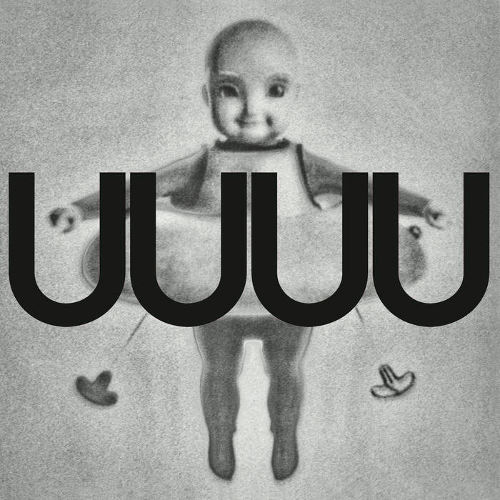
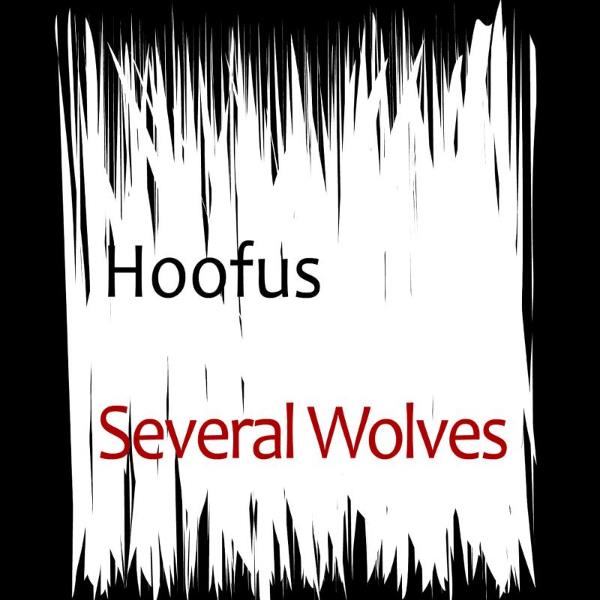
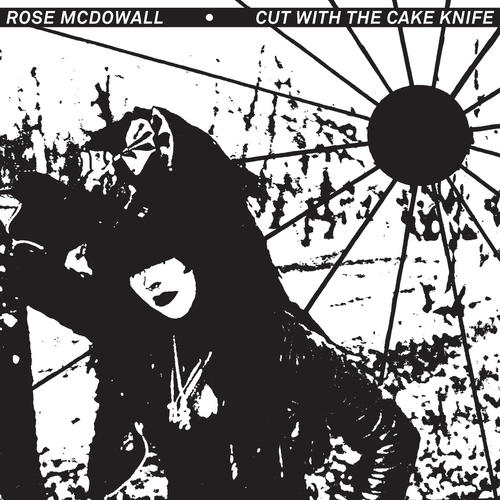
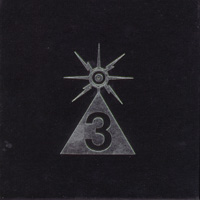
One thought on “Throbbing Gristle – 20 Jazz Funk Greats”
Thanks for this.
Great review – and the penultimate paragraph regarding the reach of modern music just about nails it for me. Even more relevant 9 years on…
Cheers.